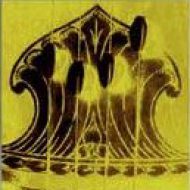South Indian Tambura | Experience | Instruments >> The four strings of the tambura that provide sruthi or the basic swara (pitch) for musicians are considered the life force for any melodic exercise. Fixed in jack wood to enhance the naada, yesteryear musicians were stuck to this pitch provider because there were no alternatives. […] While …
Category archives: Course topics
Flow | The right tempo or “kalapramanam”
If there is a single feature of Carnatic music to account for its mesmerizing effect on listeners it may well be a feature known as kalapramanam: practicing rhythm (laya) ((‘”The sense of rhythm gives us a feeling of freedom, luxury, and expanse. It gives us a feeling of achievement in molding or creating. It gives …
Flow | Colourful and creative “when life is attuned to a single tune” – Mahatma Gandhi
An exercise for raga Kuntalavarali (YouTube) >> The above exercise is inspired by eminent Carnatic flautist Sikkil Mala Chandrasekhar rendering Bhogindra Sayinam (Kuntalavarali, Khanda capu) by Svati Tirunal Excerpt © HMV Marga 1996 cassette recording South Indian conventions (raga names & svara notation): karnATik.com | Guide >> raagam: kuntalavarALiAa: S M1 P D2 N2 D2 S | Av: S N2 D2 …
